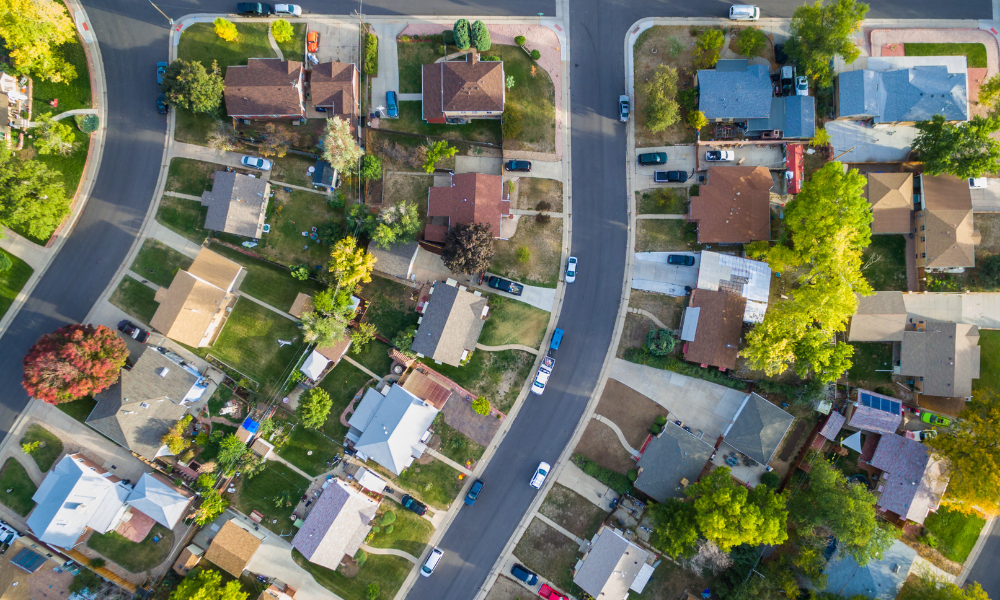But supply challenges may weigh against the outlook

An increase in available housing combined with a decrease in mortgage rates could lead to a steady improvement in housing affordability throughout 2025, according to First American chief economist Mark Fleming.
However, Fleming notes that these projections rely on a continued increase in housing inventory, with the monthly supply expected to rise steadily each month.
First American released the information Wednesday in its latest Real House Price Index (RHPI). Fleming believes that homeowners may decide to deal with the higher rates and put their houses up for sale, increasing the overall inventory.
“Nationally, the current months' supply is 4.6, well above the February 2024 level of 3.9, when price appreciation was 6.9% – a market that was perhaps ‘too hot,’” Fleming said. “As existing homeowners increasingly accept the ‘higher for longer’ mortgage rate environment and decide to list their homes for sale, it’s reasonable to expect months' supply will creep higher, further cooling price appreciation.”
Affordability across the country declined by 2.3% in January compared to both the previous month and the same period last year. This was due to a 2.8% price appreciation and an average 0.3% increase in the 30-year fixed-mortgage rate from the previous year. While household income increased by 3.8% annually, it was not enough to offset higher rates and home prices.
February saw an improvement in affordability, driven by slower price growth, declining mortgage rates, and continued income growth.
However, Fleming cautioned against expecting a massive drop in housing prices. As more supply hits the market, an increase in demand could keep prices higher.
“The most likely scenario is that months' supply continues to trend higher, further cooling house price growth, but not quite enough to see a price decline nationally,” Fleming said. “Of course, real estate is local, and low single-digit price growth nationally likely means prices are declining in some pockets of the country, while growing in others.”
If price appreciation stabilizes at 2.1%, as indicated by the RHPI in preliminary February 2025 data, affordability will improve by nearly 3% by the end of 2025, provided housing supply remains steady.
However, if price appreciation slows to 1.8%, and supply increases to six months’ worth, year-end affordability would increase by 4%.
Increased demand could hamper affordability, according to Fleming’s analysis. If sales outpace inventory growth, and monthly supply drops to Spring 2024 levels of 4.2 months, affordability could finish the year lower than it ended 2024.
The January 2025 RHPI numbers vary by state. The five biggest price increases year-over-year were South Dakota (15.5%), Wyoming (11.3%), Rhode Island (8.9%), North Dakota (8.8%) and New Hampshire (8.4%).
The largest state decreases in prices year-over-year were Florida (4.5%), Hawaii (4.2%), Mississippi (3.5%), Texas (2.5%) and Colorado.
Cities in the Great Lakes region saw the largest increases in RHPI year-over-year, including Louisville, Ky. (15.8%), Pittsburgh (12.4%), Milwaukee (10.8%), Cincinnati (9.6%) and Buffalo, NY (9%).
The largest decreases were in the Southeast and West, including Tampa, Fla. (12.6%), San Diego (5.8%), Atlanta (5.2%), Orlando (4.5%), and Raleigh, NC (3.1%).
Stay updated with the freshest mortgage news. Get exclusive interviews, breaking news, and industry events in your inbox, and always be the first to know by subscribing to our FREE daily newsletter.



